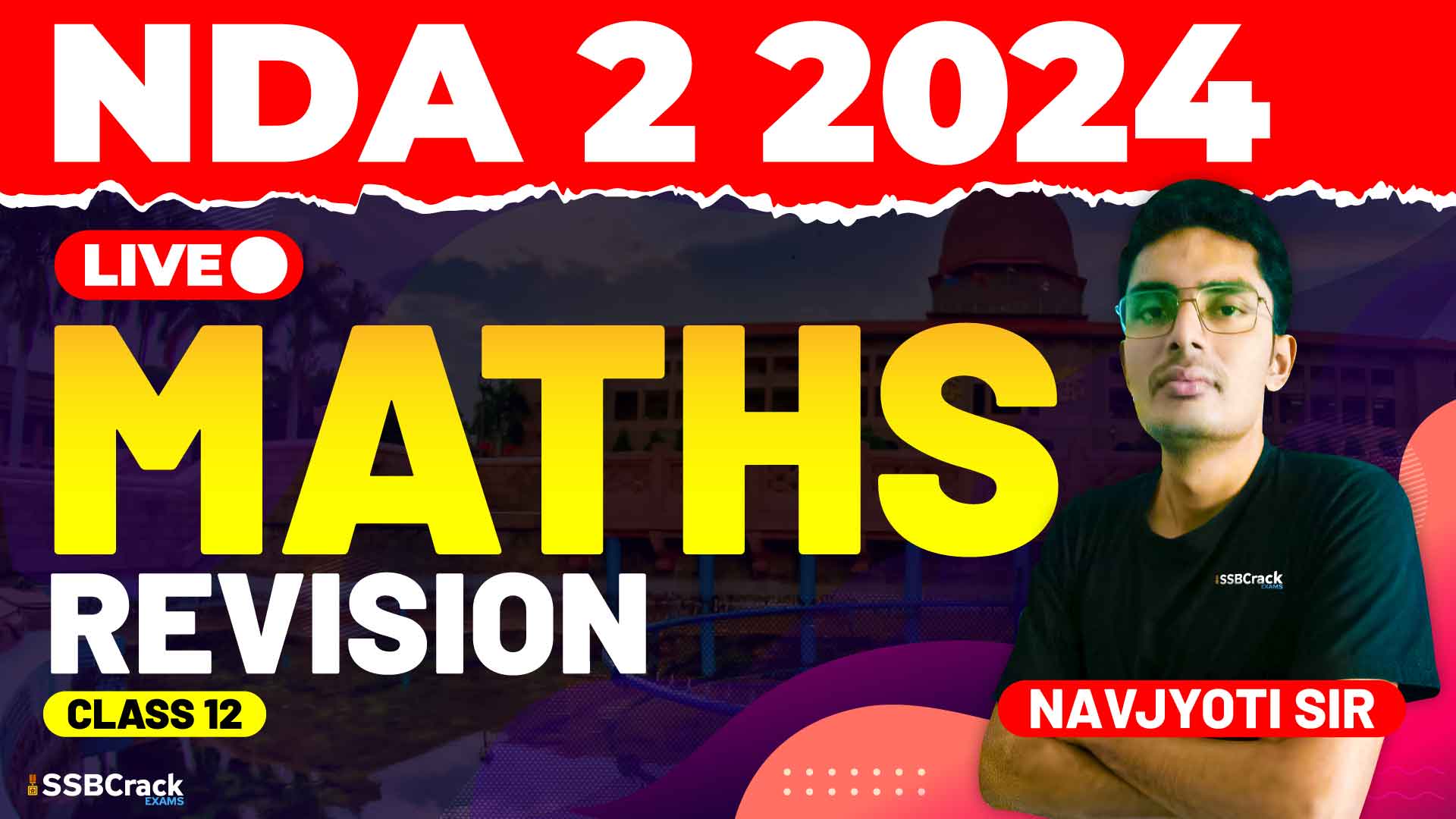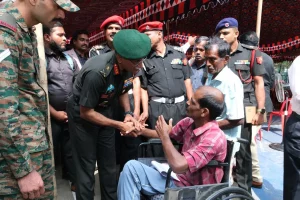Differentiability and the applications of derivatives are key topics in the NDA-NA Mathematics syllabus, forming the backbone of many questions that appear in the exam. Understanding these concepts not only helps in solving direct questions but also enhances problem-solving skills in related areas of calculus and algebra. Recently, a class dedicated to these topics focused on revising key concepts through multiple-choice questions (MCQs), emphasizing how to approach these problems in the context of the NDA-NA exam.
In this article, we’ll explore the essential concepts discussed and provide strategies for effectively tackling MCQs on differentiability and the applications of derivatives.
Understanding Differentiability
Differentiability refers to a function’s ability to have a derivative at every point in its domain. If a function is differentiable at a point, it is also continuous there, but the reverse is not necessarily true. This distinction between continuity and differentiability is crucial when solving problems.
The class covered the following key aspects of differentiability:
Conditions for Differentiability:
- A function is differentiable at a point if it has a defined derivative at that point. The left-hand derivative and right-hand derivative at that point must be equal for the function to be differentiable.
Differentiability and Continuity:
- If a function is differentiable at a point, it is continuous at that point. However, a function can be continuous but not differentiable, such as at sharp corners or cusps on a graph.
Piecewise Functions:
- The class discussed how to check the differentiability of piecewise functions, which is a common type of problem in the NDA-NA exam. This involves ensuring the function is continuous and the derivatives from both sides of a point are equal.
Applications of Derivatives
Once you understand the concept of differentiability, applying derivatives becomes an important skill. The class focused on several applications that are frequently tested in the NDA-NA exam:
Finding Tangents and Normals:
- Derivatives are used to find the slope of a curve at any given point, which is essential in determining the equation of tangents and normals. This application often appears in questions requiring geometric interpretation.
Maxima and Minima:
- Using the first and second derivatives, you can identify the local maxima and minima of functions. This is particularly useful in optimization problems where you need to determine the maximum or minimum value a function can take.
Increasing and Decreasing Functions:
- By analyzing the sign of the first derivative, you can determine where a function is increasing or decreasing. This concept is often applied in questions where understanding the behavior of a function over an interval is key.
- Rate of Change Problems:
- Derivatives represent rates of change, making them invaluable in problems involving speed, acceleration, or growth rates. The class highlighted the importance of interpreting these rates within the context of the problem.
Rolle’s Theorem and Mean Value Theorem:
- These theorems provide conditions under which certain types of functions exhibit particular properties, such as having a horizontal tangent line. Understanding and applying these theorems can help solve more advanced calculus problems.
Strategies for Solving MCQs on Differentiability and Applications of Derivatives
The NDA-NA exam is known for its time constraints, making it essential to approach MCQs efficiently. Here are some strategies discussed during the class:
Understand the Question Quickly:
- Read the question carefully but quickly identify what is being asked. Whether it’s finding a derivative, determining differentiability, or applying a theorem, knowing the exact requirement will guide your approach.
Use Basic Concepts as Tools:
- Many questions can be simplified by applying basic concepts like the Power Rule, Chain Rule, or the idea of continuity. Strengthen your understanding of these fundamentals so that they become second nature during the exam.
Break Down Complex Problems:
- For more complicated questions, break the problem into smaller, manageable parts. Solve each part step by step, rather than trying to tackle the entire problem at once.
Practice Visualization:
- When dealing with problems involving tangents, normals, or optimization, visualizing the problem can be incredibly helpful. Sketching a rough graph can often make the solution clearer.
Eliminate Wrong Options:
- In MCQs, eliminating clearly wrong options can significantly increase your chances of selecting the correct answer, even if you’re unsure about the solution. Look for options that violate basic rules of differentiability or derivative properties.
Keep an Eye on Time:
- Time management is crucial. If a problem seems too complex or time-consuming, it’s better to move on and return to it later if time permits.
Review and Revise:
- Use past NDA-NA exam papers and sample questions to practice. Focus on questions that challenge your understanding of differentiability and its applications. Revising these topics regularly will help reinforce your knowledge and improve your speed.
Conclusion
Differentiability and the applications of derivatives are critical topics in the NDA-NA Mathematics exam. Mastering these areas requires a clear understanding of the concepts and plenty of practice with MCQs. By focusing on the strategies discussed in this article, you can enhance your problem-solving skills and approach the exam with confidence.
Remember, success in the NDA-NA exam isn’t just about knowing the material—it’s about applying that knowledge effectively under exam conditions. Regular practice, coupled with a strategic approach to problem-solving, will ensure that you’re well-prepared to tackle any question on differentiability and derivatives that comes your way. Keep practicing, stay focused, and you’ll be well on your way to success in the NDA-NA Mathematics paper.


















